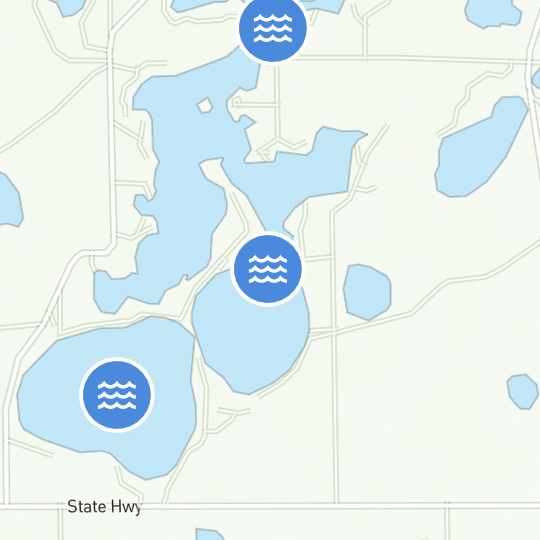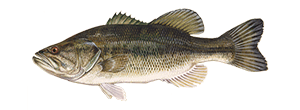How to Catch Crab
Crabbing is a fun family activity from a boat or shore, and the best part is the payoff of a succulent meal. Find out how to have the optimal crabbing experience.
Whether targeting saltwater kings or freshwater fiddlers, choose between a dip net, baited line, or a crab trap for your haul. Explore various bait options, from raw chicken to razor clams. Dive into the world of crabbing, enjoy the adventure, and savor the rewards.
Shellfishing Regulations
Before you make plans to go crabbing, be sure to check with state’s regulations governing shellfishing. Like other types of fishing, there are often recreational crabbing license requirements and, in some places, record cards to track what you catch. Still other states enforce daily bag, possession, and size limits. If you catch and release, you’ll also need to pay attention to any rules about retaining the crab claws. For more information, check with the state’s fish and wildlife division.
Where to Catch Crab
Several species of crab can be found in saltwater and freshwater bodies throughout the United States.
Some of the most popular saltwater crabs to catch are the king and snow crab, which are common in Alaska, Dungeness on the West Coast, and the Atlantic blue crab, also commonly known as the Chesapeake blue crab. Saltwater crabs tend to like shallow, marshy areas so consider destinations like brackish rivers, bays and inlets. And while you can crab by boat, the great thing about crabbing is that you can have just as much success from land. Crab prefer to be near structures, so when planning your trip, look for spots like docks, piers, and jetties.
Freshwater crabs like fiddler and red crabs are best fished in shallow water near land. Common places you’ll find these species is along the shorelines with places to hide, such as beaches with logs, boulders or grass. Rocky reefs are another popular habitat.
Crabbing Equipment
What makes crabbing a great activity for beginners is that you don’t need a lot of special equipment. The simplest way to catch crabs is with a dip net. Another easy method is to drop a fishing line with bait at the end. Simply wait for a tug then pull the crab in, catching it in a net. The only downside with the line method is that you can only catch one crab at a time. For a greater take, you may want to use a crab trap.
Crab traps are wire cages attached to a long rope that are lowered to the bottom of a body of water. Depending on your preference – and budget – there are many different types that can be used effectively, including crab rings, pyramid traps, standard square style and more. With any of these, you’ll secure the bait inside with line, wire or a clip, which will attract the crab to walk into the trap. Once you set your trap, you just sit back and wait. A good rule of thumb is to check your trap every 15 to 30 minutes.
When you bring up the trap, you’ll want a net or bucket to contain the crab and keep them from scurrying away. You may also want to get a pair of crabbing gloves to avoid getting pinched.
Best Bait for Crabbing
Crabs are scavengers, which means you have a lot of possibilities for bait when crabbing. While there are many types, fresh bait tends to be best, and the smellier, the better, since crab will go after pungent options. Some good choices include raw chicken or turkey, fish carcass, and razor clams. You can even use hot dogs!
KEEP LEARNING

How to Tie the Non-Slip Loop Knot
The non-slip loop knot is a popular and reliable choice for securing hooks, lures, and other tackle to your fishing line.
LEARN MORE

Socials
Take me fishing social media links
LEARN MORE

TakeMeFishing x Teen Vogue
Join us on a creative journey as fashion designer Ahmrii Johnson walks us through her collaborative vision and process with Teen Vogue and fashion brand, Rentrayage, to create a special piece.
LEARN MORE


.png?lang=en-US&ext=.png)